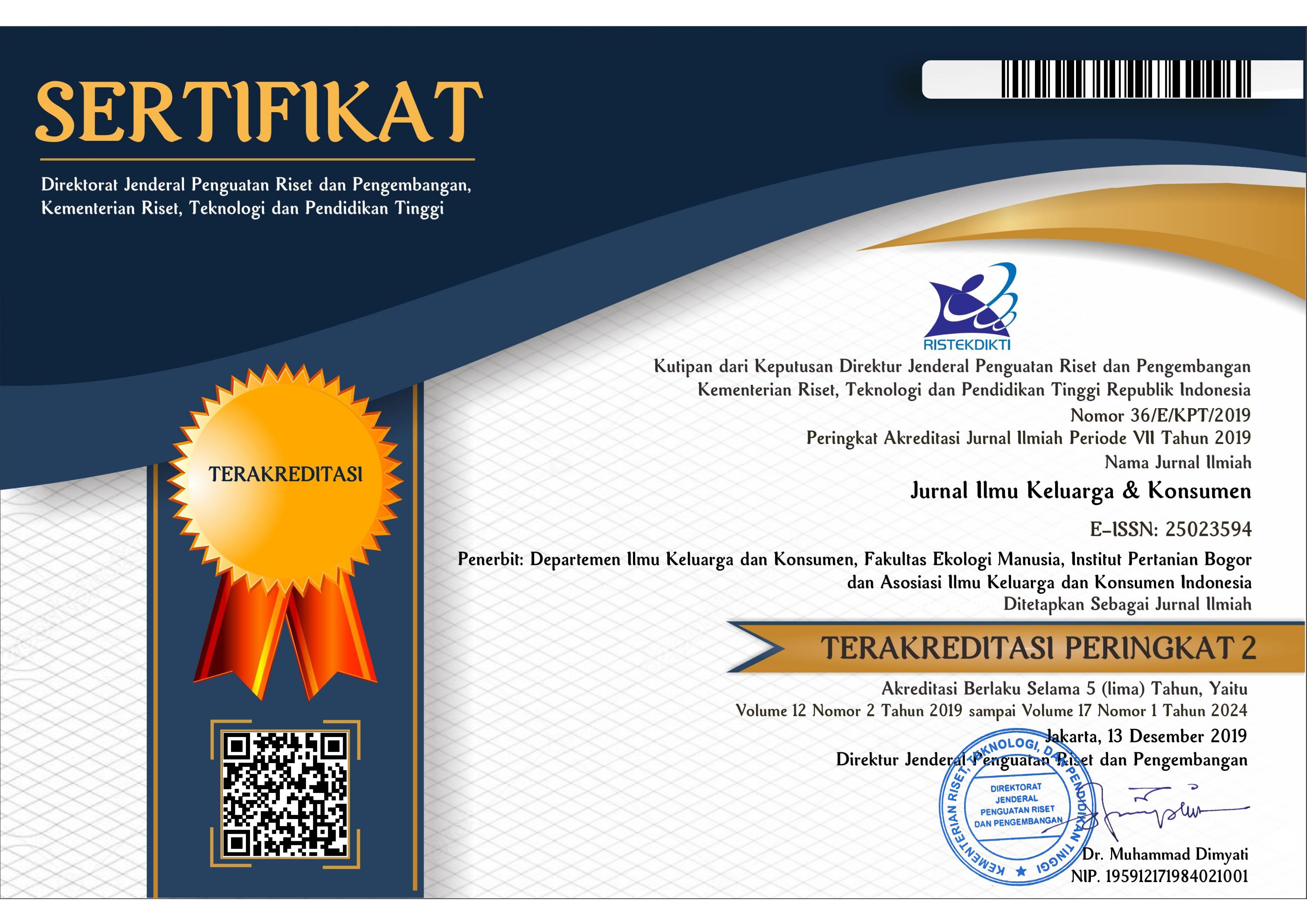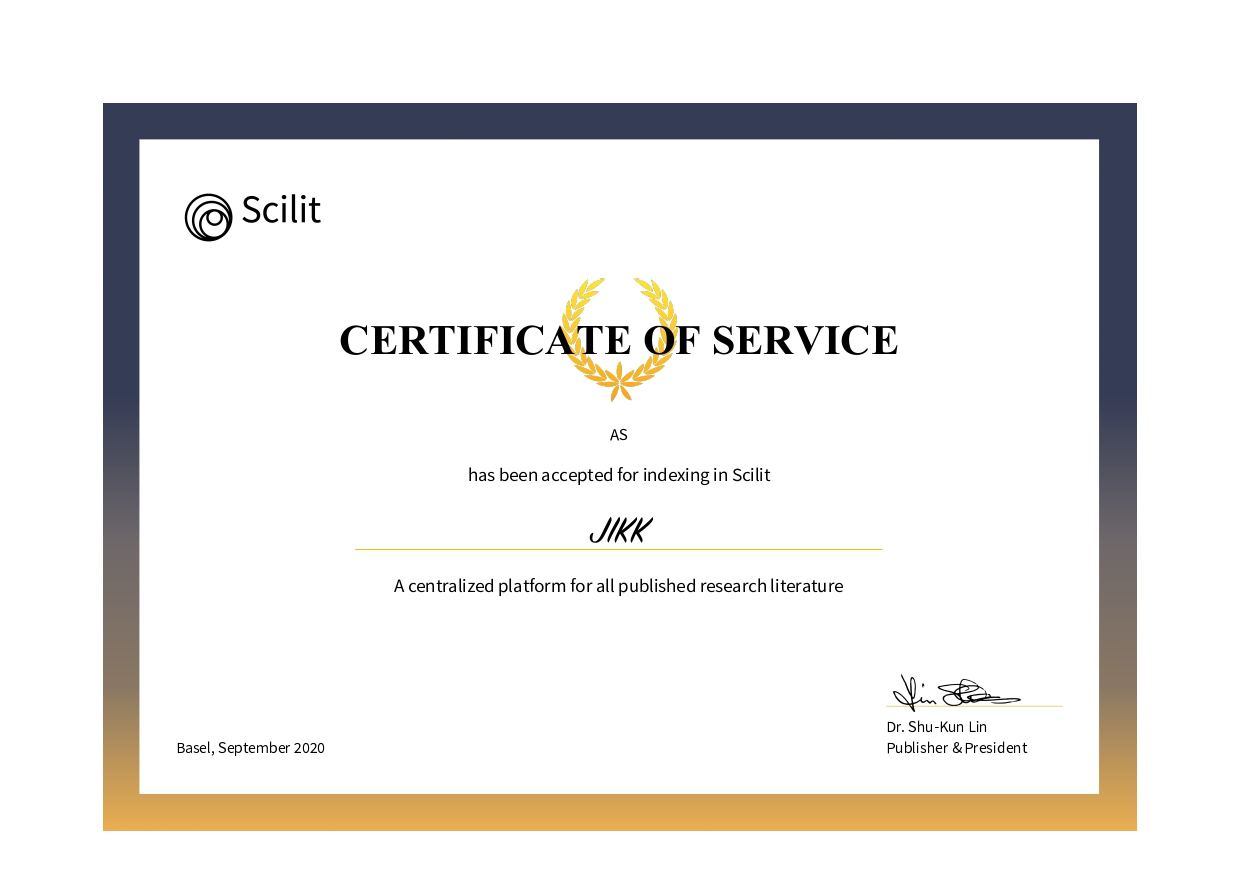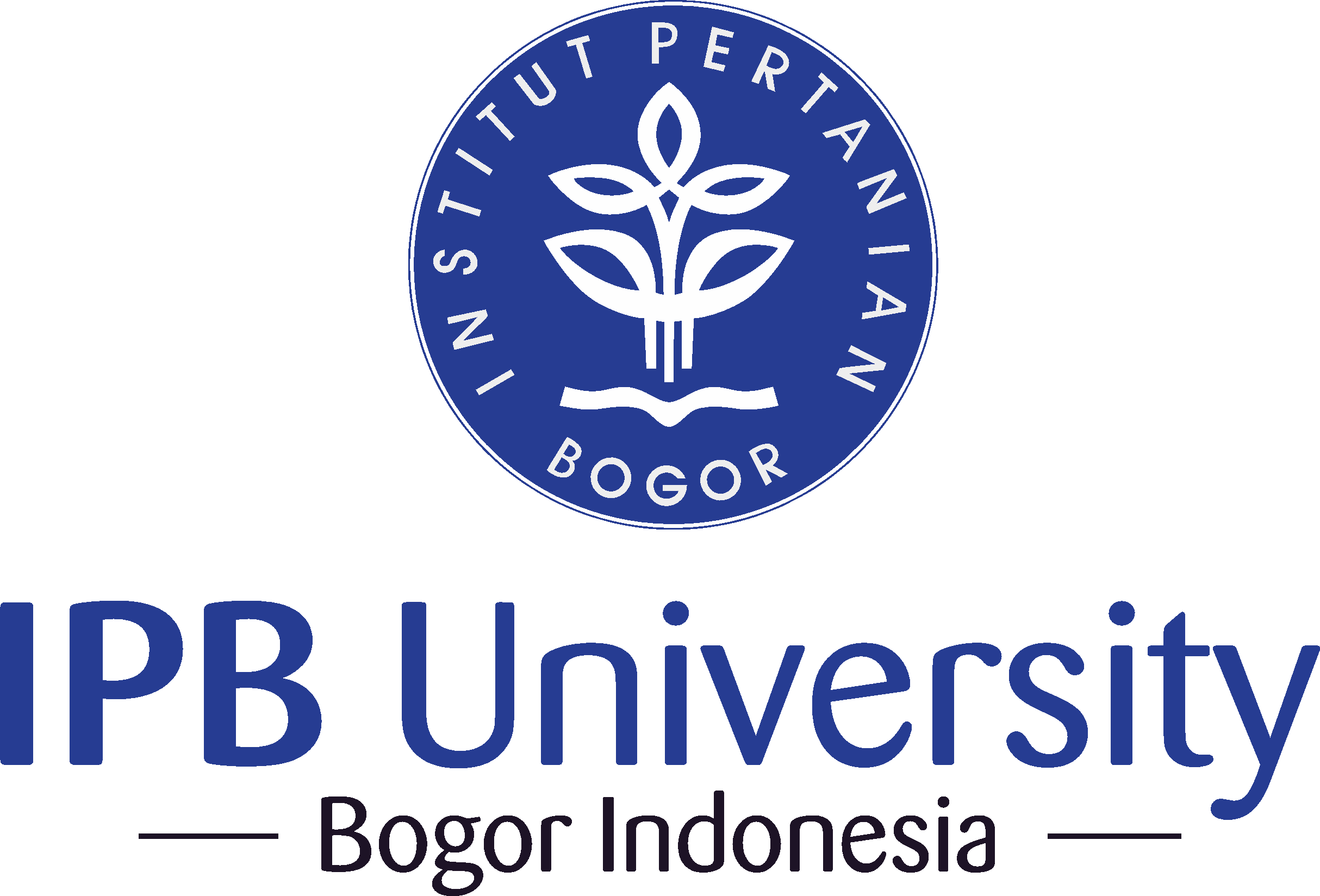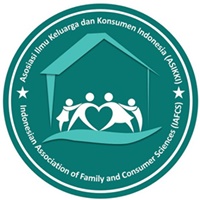KEPUASAN, CITRA, DAN LOYALITAS PADA LEMBAGA PENDIDIKAN TINGGI: KASUS DI AKADEMI XYZ
Abstract
The research examined factors influencing the image, satisfaction and loyalty to XYZ Academy and its relation between those aspects. The research used proportional random sampling to chose the samples; the proportion was selected based on semester and class. The samples were college students of XYZ Academy from thirde and fifth semester and the amounts were 300 college students. The data collection used personally administered questionnaire. Data analysis was conducted using descriptive analysis, Structural Equation Modeling (SEM), and Importance-Performance Analysis (IPA). The result showed that image of academy had the highest relation with student loyalty; influence of image on loyalty had twice effect compared to student satisfaction. Service quality of academic staff only had an influence on student satisfaction; variable representing the main facilities only had an influence on image of academy, while service quality of laboratory staff influenced both image of academy and student satisfaction. The result indicates that higher education institution can dosome strategies that are improving the service performance of the academic and laboratory staff to increase student satisfaction and improving the performance of the main facilities and the services of laboratory staff to improve students' perceptions of the image of higher education institution.
Authors submitting manuscripts should understand and agree that copyright of manuscripts published are held Jurnal Ilmu Keluarga dan Konsumen. The statement to release the copyright to Jurnal Ilmu Keluarga dan Konsumen is stated in Copyright Release Form. Copyright encompass exclusive rights to reproduce, to distribute, and to sell any part of the journal articles in all form and media. The reproduction of any part of this journal is allowed with a written permission from Jurnal Ilmu Keluarga dan Konsumen.









